If you’re like most people, chances are you have accumulated many books over the years. But what do you do with all of them? How do you keep them organized and easy to find when you want to reread or recommend them to a friend? The task can seem daunting, but with a few creative and practical ideas, you can turn your cluttered bookshelves and scattered stacks into stylish, organized displays. And it can be fun, too.
In this article, we will explore 37 book organization ideas verified by experts to help you make the most of your belongings. Whether you live in an apartment in Boston, a house in Bend, OR, or anywhere in between, read on to learn how to organize your books
1. Meditate before decluttering
Before starting an organization project, try meditating. This way, you can bring openness, creativity, and wisdom into your day. “Then, once you’re done decluttering, you can have more space in your mind and body,” says Kimberly Reynolds, owner of Simply Spacial. “Meditation and organization work well together.”
Renovating your home?
Find out what your home's worth, edit facts, and see the impact of home projects.
2. Round up your books to understand the scope of your project
Renovating your home?
First, gather books from around your home to see if you can eliminate any of them. “Sort these into piles, like keep, donate, and more,” says Lauren Saltman, owner of Living. Simplified. “Once you have a finalized collection of books, your project will be much easier.”

3. Sort your books into three categories for easy organizing
If your New Year’s resolution included a reading challenge, start with books you own but haven’t read yet. “To make this easier, organize your books into three categories: books you have read and want to keep, books you have read and want to donate, and books you haven’t read yet,” suggests the team at meori.
4. Reduce your collection
The simplest way to stay organized is to have fewer things. “Consider donating your books to a local charity or giving them to your library,” suggests Cathy King, owner of The Sustainable Organizer.
Once you downsize, “you can begin sorting your books and creating a stylish, functional home,” says Whitney Zeigler, founder of Big Rocks Organizing.
5. Think outside the box when it comes to donating
When it comes to donating books, you have lots of options. Local libraries are a great option, but, “you can also search online for other donation spots in your area, such as prison book donation programs or community book exchanges,” says Marla Alt, founder of 123Organize.
6. Take stock of your available space
Do you have enough shelf space for all your books, or do you need to get creative with storage solutions? “Consider using bookshelves, built-in shelving, or storage boxes to make the most of your home’s space,” says Rosetta Metz, founder of Lettuce Organize.
7. Think about how you want to display your books
After you declutter your books, you can display them in a way that tells a story about your life. “For example, store travel books on the top shelf of your bookcase and group childhood favorites next to a treasured family photo or item,” says Meredith Ryness, owner of Tidy LA.
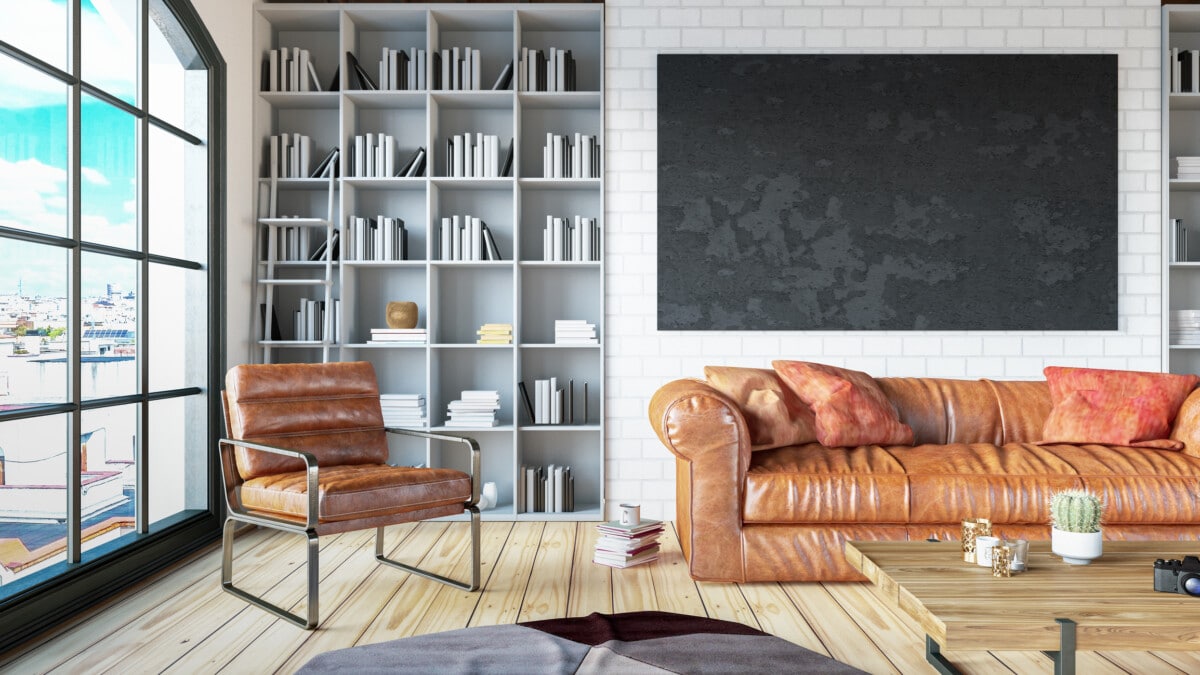
8. Handle your books with care
There is no right way to organize books; everyone uses them differently and will benefit from different organization methods. “However, there are some universal tips,” says Jean Prominski, owner of Seattle Sparkle. “Store books upright, don’t write in them, and only touch them with clean hands or gloves.”
Tami Lefko, the owner of California Clutter Coach, agrees that you should never let books lean. “This can damage their spines,” she says. “Use bookends on shelves when necessary to keep the books standing upright.”
9. Keep books away from sunlight
Windows are beautiful and add natural light, but the sun can damage your books over time. “If you have a home library, make sure to install dark curtains or other drapery to protect your collection,” says the team at HomeZada.
“This keeps them in better shape for longer,” agrees Josh K. from Knotted Spaces.
10. Figure out how you use your books
Before committing to an organizational method, it’s important to understand how you use your books. For example, “if you want to organize books for display, sorting by color is the best option,” says Kristy Potgieter, founder of Sortifi. “If you want to organize for future reading, sort them by category or genre before color and height.,” she says. “For larger collections, organize alphabetically.”
Regardless of your choice, “they will either end up being organized or looking organized, both of which are great outcomes,” says Becky Rogers, owner of Organize My Clutter.
11. Group your books according to your vision and needs
“If you have a large collection and want to access them frequently, group them by genre,” note Annmarie Brogan and Marie Limpert, co-owners of Organize Me! of NY and co-authors of the book, Beyond Tidy: Declutter Your Mind and Discover the Magic of Organized Living. “If you rarely reread books, you can organize by color and size, emphasizing aesthetics.”
Bookends can be a fun and flexible way to keep your books organized. You can even customize them to represent important moments in your life. For example, “GridIronMetal.com bookends proudly display the college or high school of your choice, and are just over four pounds,” says Brenda Snyder from Gridiron Metal Works. “This makes for an easy, heavy-duty book organizing solution for any surface.”
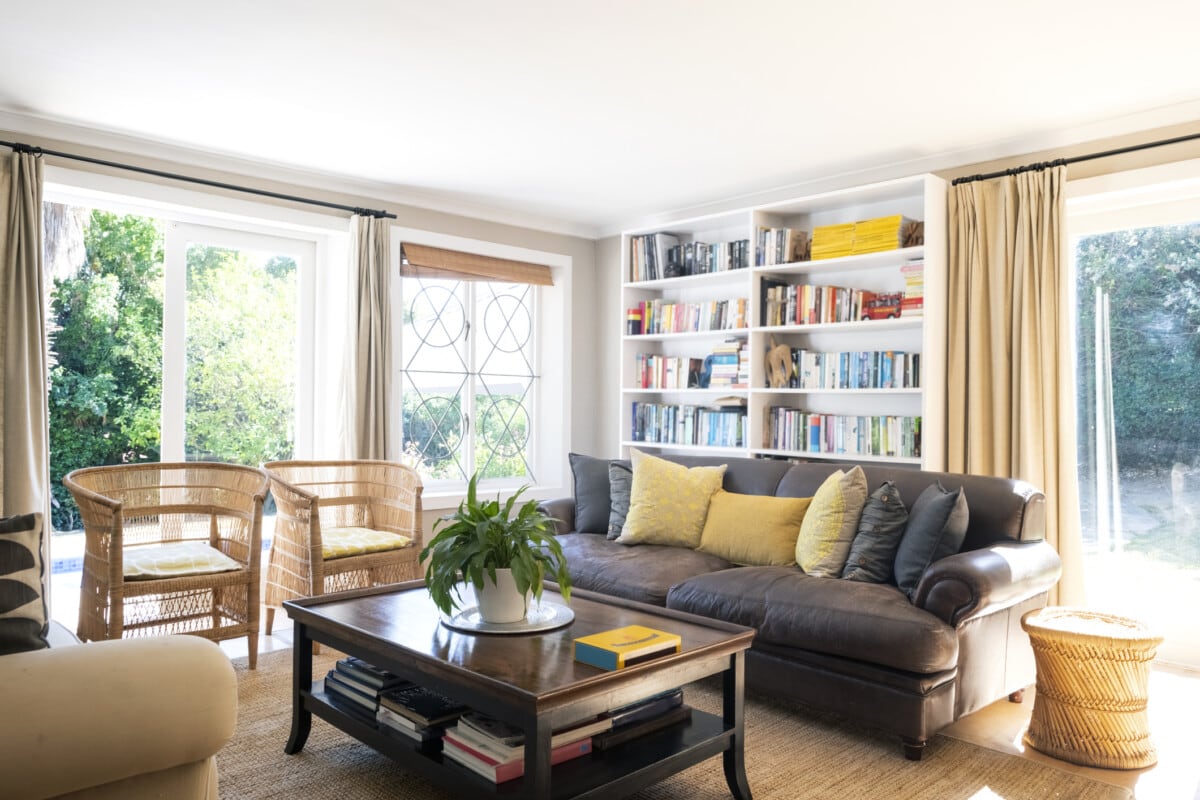
12. Pay attention to small books
Small books, such as paperbacks or pocket-sized books, are easy to store on bookshelves or in baskets or boxes. “You can group them together by author, genre, or subject, or organize them alphabetically by title or author,” says BarbaraJo Hatch, owner of BarbieJo. “If you have a large collection of small books, you can also use a filing system to organize them.”
Another option is to “group them together and store them in labeled magazine holders,” says the team at Sort, Store and Style. “This way, they can serve as bookends for larger books and provide a cleaner look.”
13. Learn how you acquire books
For example, do you like to purchase your books, or do you use a library? “If you purchase most books, plan on lots of extra shelf space for future books,” advises Leigh Ann Cutright, owner of A Functional Space. “For library users, designate a small space on a shelf for each week’s library loans.”
If you use an e-reader, designate a small space for decorative books and leave most of the area for other decorations.
14. Organize by size and color
If you decide to organize your books by size or color, there are a variety of ways to go about doing so. Ryen Toft, owner of Simply Luxe Organizing, has a few recommendations to help you get started.
“Place the largest and brightest books in the center of a shelf and the smaller and darker books on the edge,” she suggests. “You can also consider sorting them in rainbow order.”
Even if you prefer your books organized by genre, you can still reduce visual clutter by lining them up in rainbow order within each category. “If a category doesn’t take up an entire shelf, use an attractive bookend and fill in empty spaces with plants to help the room come to life,” advises Susie Salinas, owner of Systems By Susie.
15. Sort by date read
Apart from color and genre, another option is to organize by date read. “Jot down the date you completed the book on the inside cover and arrange your books from oldest to newest,” says Joanna Wirick, owner of Joanna Organize. This way, you can easily add books to your collection as you read them.
16. Use a system that makes sense to you
Organize books in a way that makes sense to you. “Regardless of whether you organize by color, height, genre, author, or age, what matters is that you stick with it,” says Jessica Moskal, owner of Organized by JM.
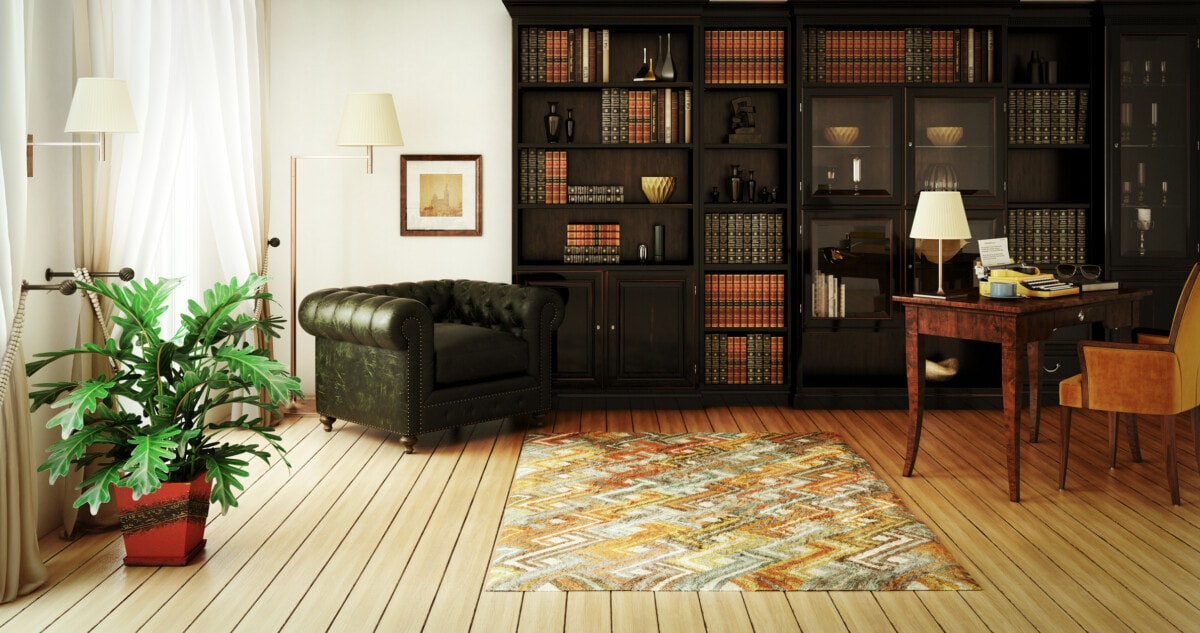
17. Make sure you can see your books
“If you own rare books, make sure to display them in a more noticeable spot in your home,” says Tracey Vaughan, owner of The Possession Cleanse.
Regardless of your organizing method, “never hide items behind other items,” advises Cari Sweet, owner of Jane Organizes. “If you can’t see it, it no longer exists.”
18. Mix organization and style
Here are three tips for stylish book organization and a clutter-free home from Renee Benes, owner of The Fun Sized Life:
- Blend book storage with decor by showcasing books with pages facing outward,
- Choose books with spines that complement your home’s aesthetic
- Display your favorites and keep any remaining books in accessible cabinets or drawers to maintain a tidy space.
19. Create a cozy reading nook to better enjoy your books
A cozy reading nook can level up your reading without breaking the bank. “Start by turning a simple square bookshelf with a few cubbies on its side and placing a cushion on top with a few pillows,” suggests Alyssa Castro, owner of Life Planned and Organized. “Then, insert cubes into the cubbies for easy, protected book storage.”
20. Style your bookshelves
Bookshelves deserve the spotlight just as much as your books. “Consider styling bookshelves by placing books horizontally instead of vertically,” says Amy Bloomer, owner of Let Your Space Bloom. “If you can, try adding splashes of color to break up a long row of books.”
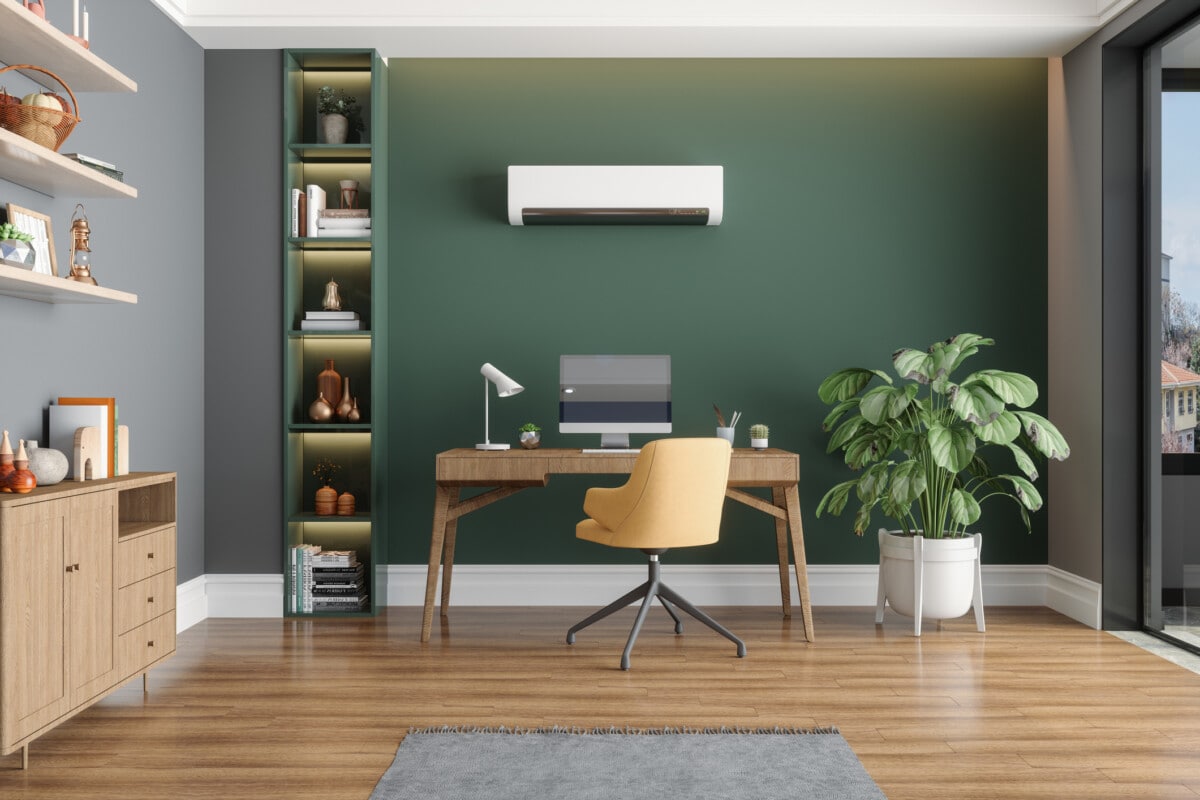
21. Handle cookbooks and coffee table books differently
These types of books are bigger, bulkier, and often have pleasing artwork. “You can display them in different rooms throughout your home, such as your dining room and kitchen, and can use them as focal points,” says Alana Frost, founder of Alana’s Organizing.
Consider storing them at eye level for greater beauty and accessibility. “This method is ideal for larger books,” says Katie McCann, owner of Haven NY
“Glass-front cabinets also protect your books from moisture and grease,” says Cathy Borg, owner of In and Out Organizing. “You can also install pull-out shelves or drawers specifically for your cookbook collection.”
22. Pay attention to hardcovers
Hardcover books can be difficult to style, especially if the cover is damaged. Luckily, there are options. “If a hardcover book has a rip, or you just want a simpler look, consider removing the loose cover to reveal the inner cover,” says Jenna Haefelin, owner of Spiff Organizing.
Suzy Gebhardt, owner of Suzette Gebhardt Creative, agrees. “The inner covers are often simpler and can create a chic aesthetic,” she says.
23. Create custom book covers
Custom covers can spice up your collection and allow for better color coordination. It’s also a great craft project for a rainy weekend. “Then, instead of storing them on a bookshelf, display some of your favorite books on a picture ledge alongside framed prints and photos,” says Marci Brennan, Certified Professional Organizer with Past Present Pix. “This way, the cover art really shines.”
24. Turn your books into art
There’s a lot more you can do with books than just crafting custom covers. “Create collages, paper flowers, origami, or other visual artwork with pages from books you won’t read again. This is also an easy way to get your kids involved in a project,” notes Romana King, owner of RKHomeowner and author of House Poor No More: 9 Steps That Grow the Value of Your Home and Net Worth.
25. Incorporate books into a room’s design
Books can showcase your style and charm and add personality to any room. “Organizing them by color and size is a good option, but it can be more interesting to mix different colors and sizes,” notes Leslie VanDerven, owner of Welcome Home Organizing, Staging & Feng Shui. “You can complete the look by adding crystals, bookends, and other memorabilia.”
Another option is to use a coffee table to display a few larger books. “Take your room’s vibe into account and have fun with it,” says Lindsey Richardson, owner of Tumbleweed Organizing.
26. Organize children’s books in rainbow color
One of the best ways to organize children’s books is to sort them by rainbow color. “This offers a more visually calming look and makes it easier to find the book you’re looking for,” says Erin Gaskins, owner of Room Redefined. “It’s also a great way to introduce your children to colors and the concept of organization.”
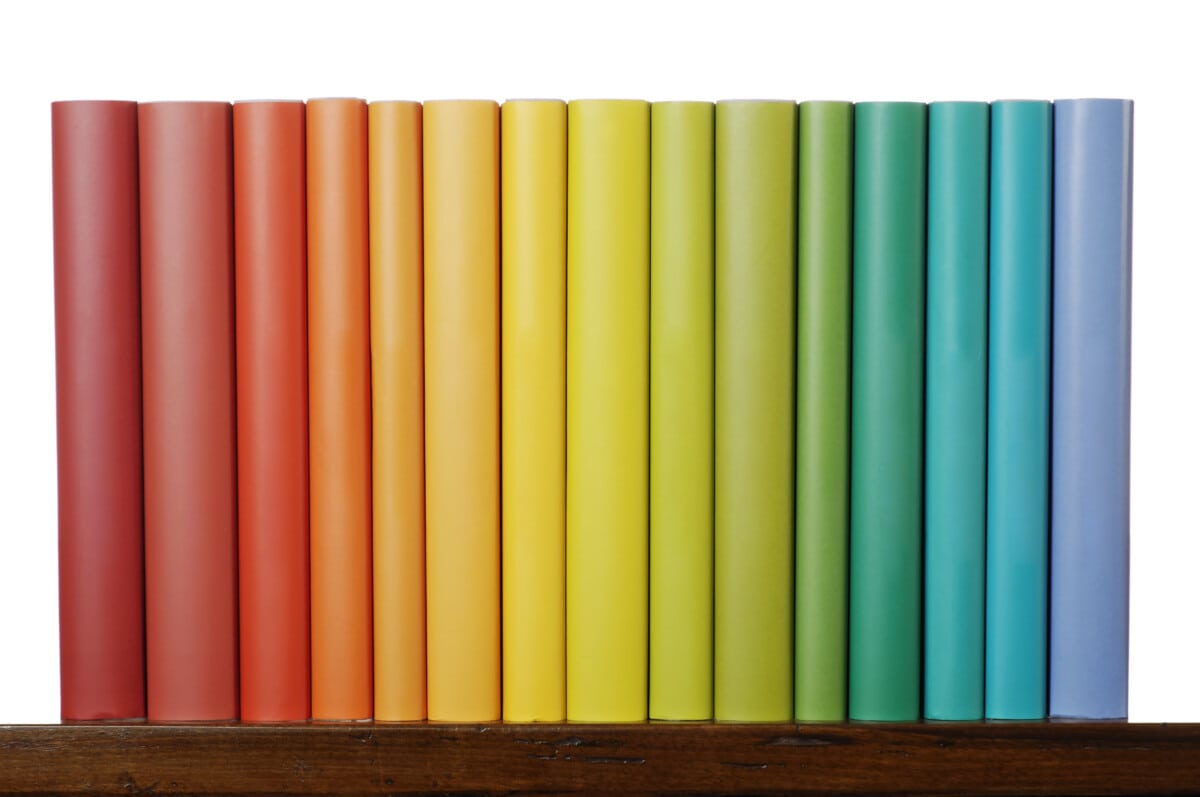
27. Use unique storage solutions for children’s books
For softback children’s books, use a basket with a low front to create a flip-through system. “This will prevent softback books from getting lost between the hardbacks and will keep them upright,” notes Jill Moore, owner of Organized Jill.
28. Stack larger books
Once you arrange your books and sort them by category, size, and color, “pull any larger books out and stack them vertically, so they don’t stick out of the bookshelf,” says Caroline Warren, owner of Clutter Whisperers. “You can stack them in the middle of the shelf or on either side.”
“You can also try placing the books flat on the shelf, stacked on top of each other with the title facing outward,” says Missy Feldman, owner of No Mess with Missy. However, “make sure not to stack your books too high. “This can put too much weight on small sections of your bookshelf and can be dangerous if they fall,” she says.
29. Think about the stability of your bookshelf
Ensuring the stability of your bookshelf is crucial to keep your books organized and prevent accidents or injuries. “Consider setting larger books on the bottom to keep the bookcase steady,” says Cynthia Braun, Certified Professional Organizer with Organize Your Life.
30. Maintain your photo albums
If you store photo albums on their bookshelves, it’s important to organize and preserve them. “Start by removing photos from album books or protective sleeves, particularly older ones, as they may contain chemicals that will degrade them over time,” says Rachel Arbuckle, owner of 2000 Paces. “Then, digitize them to ensure the quality never diminishes, and they won’t be lost in a disaster.”
31. Organize creatively if you have a small home
When organizing your book collection in a small home, it’s essential to think outside the box. “You may not have space for a large bookshelf, so try storing books in places you wouldn’t necessarily consider, like the top shelf of your closet or in your living room,” says Erin Steele, owner of Joyful Tidying.
For small spaces, use vertical space on walls or in corners. “You can also display books on window sills, above a door, or in your bathroom,” says Catherine Ortiz, owner of Organized by Catherine O.
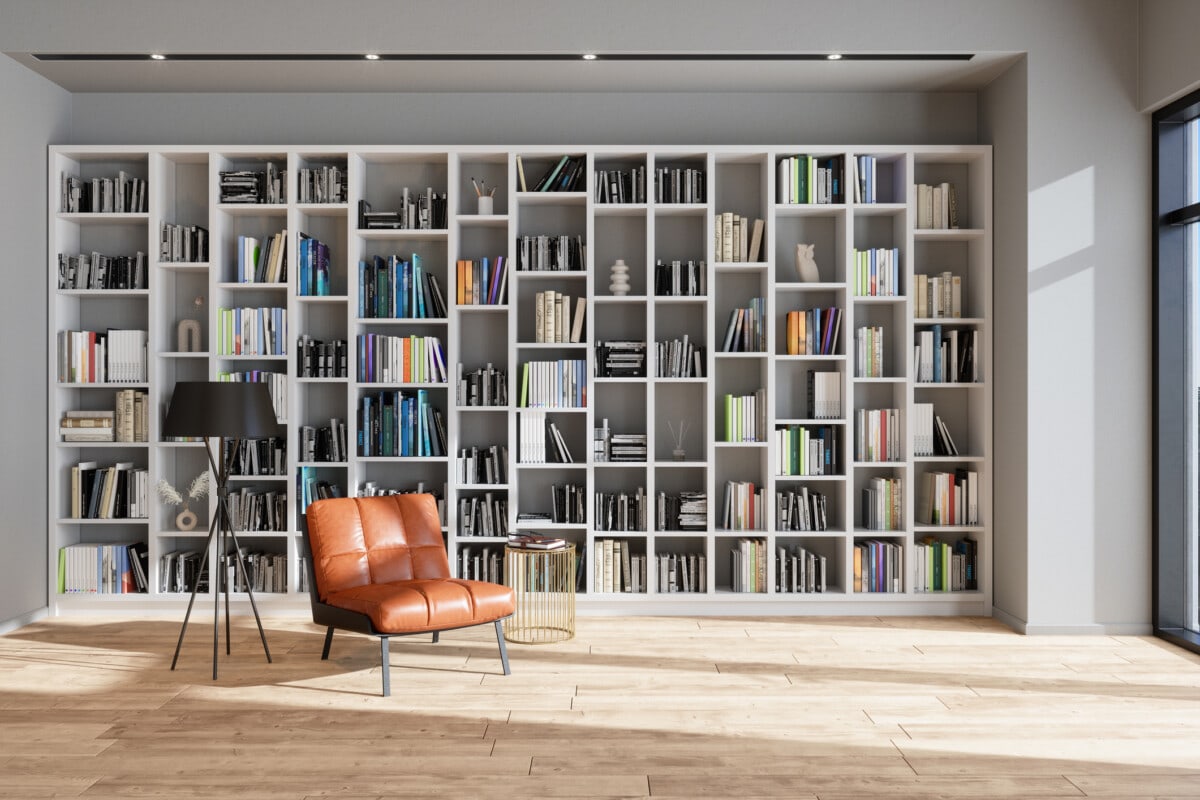
32. Invest in built-in shelving
If you have an extensive book collection, “consider installing built-in shelving or purchasing sturdy bookshelves,” recommends Sara Genrich, Certified Professional Organizer with Configuration Connection. “Then, categorize by subject, such as fiction, finance, and more,”
33. Utilize stylish storage solutions
Organize your books alternating vertically and horizontally for a stylish look. “For example, stand one group of books vertically and the next group stacked on their sides,” note Michaela and Zoe, co-owners of Twice As Organized. “This method is great for larger books, so they don’t look awkward next to smaller books.”
34. Treat books as decor throughout your home
If you’re ever running out of space on your bookshelves, “don’t be afraid to put them in other places around the house,” suggests Real estate expert Quen Williams. “You’ll be surprised at how seamlessly they fit into your regular decor.”
You can also spread your books throughout your home according to their themes. “For example, put larger books with pictures on your coffee table, cookbooks in your kitchen, and children’s books in their rooms,” says Danielle Castro, owner of Harmony Home Organizer.
35. Use books to enhance your minimalist design
Incorporate books into a room’s minimalist design by using them as functional decor. “Rather than cluttering shelves with too many books, choose a few that match the room’s color scheme and arrange them in a visually pleasing way, like stacking or showcasing a few colors,” says the team at Minimalism Co. “Remember, less is more.”
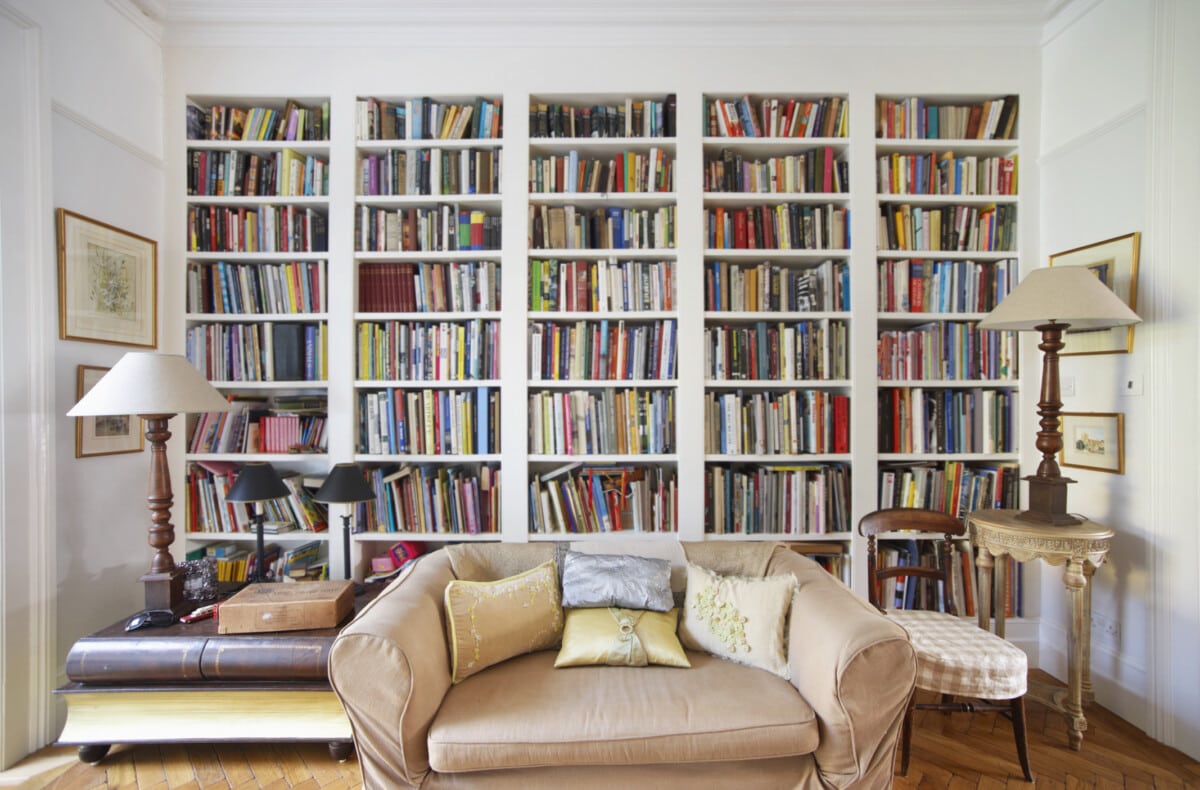
36. Build a book wall
Consider creating a book wall for an extensive collection of books to create a functional and appealing backdrop for any room. To start, “install floor-to-ceiling bookshelves and sort books alphabetically however you see fit,” says Annie Allen, owner of Annie the Organizer. “You can insert photos, sculptures, small plants, and artwork to divide categories and add visual interest.”
Looking to save money on your mortgage?
37. Show off your style
Lastly, think outside the bookshelf. Book organization does more than just sort your books. “A unique book display with bookends or decorative items shows off your great taste in literature when people come over,” says Julie Gutman, owner of Simplify Me.
By following these simple tips and tricks, you can turn your book collection into a beautiful, organized display that adds character and charm to your home, while making it easier to find your favorite reads whenever you want to escape into a good book.









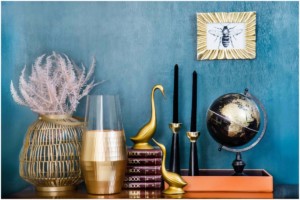


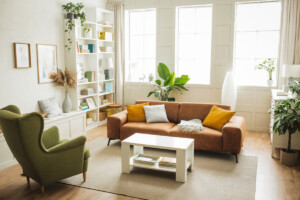

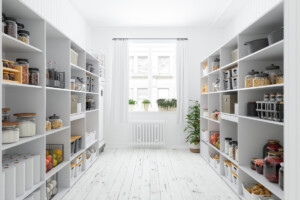












 United States
United States Canada
Canada